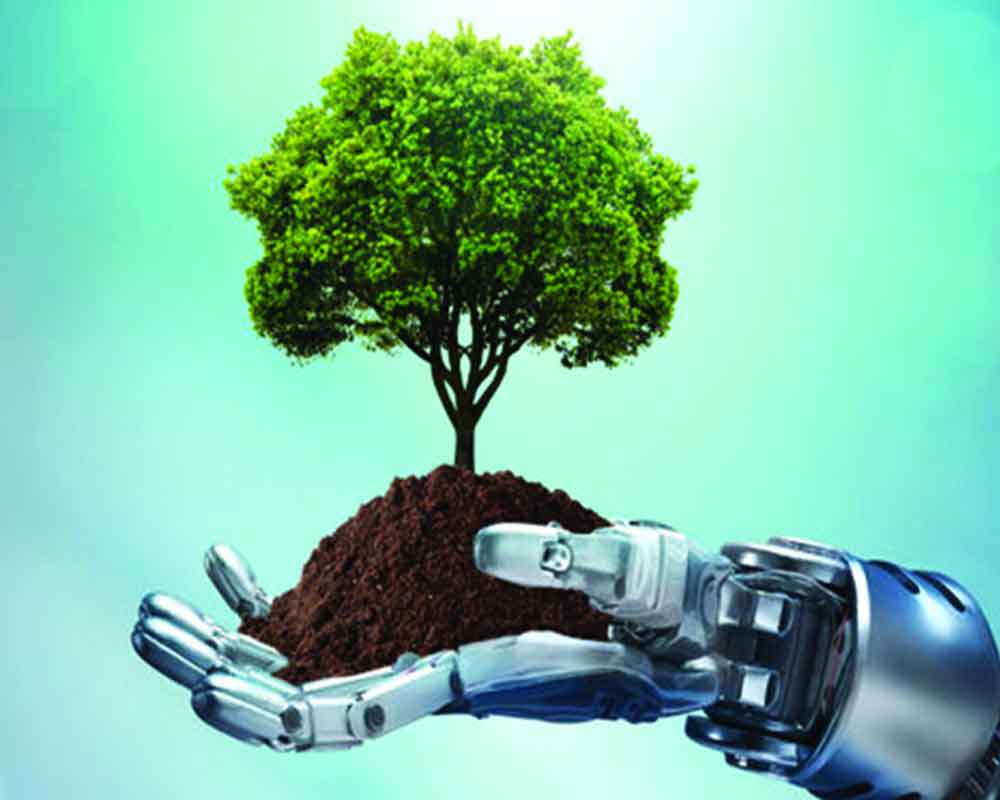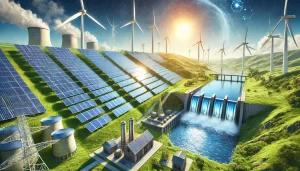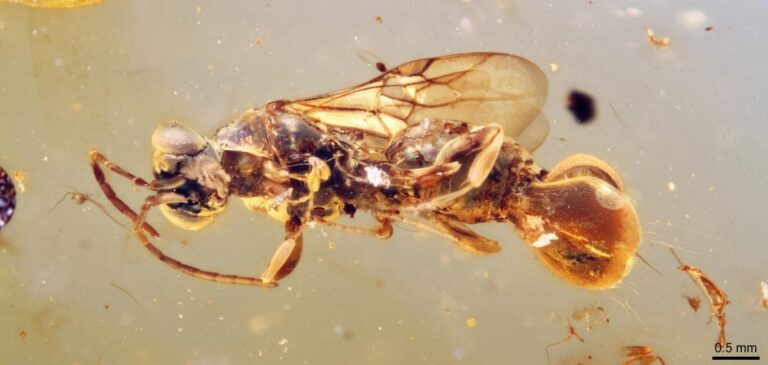Environmental science continues to evolve, offering innovative solutions to the world’s most pressing ecological challenges. From combating climate change to preserving biodiversity, the scientific community is making significant strides toward creating a more sustainable future. Let’s explore some of the most exciting environmental breakthroughs that are set to shape the planet’s future in the coming year.
1. Advances in Clean Energy TechnologiesOne of the biggest environmental breakthroughs expected in 2024 is the rapid expansion of clean energy technologies. While solar and wind power have already made significant impacts, 2024 will see further innovations in energy storage, efficiency, and accessibility. Scientists are developing next-generation solar panels that can capture more sunlight while being more affordable. Additionally, breakthroughs in wind turbine technology are making renewable energy even more powerful and efficient.Perhaps one of the most promising developments is in energy storage. As renewable energy sources like solar and wind depend on weather conditions, large-scale energy storage systems will allow for more consistent power supply, even when the sun isn’t shining or the wind isn’t blowing. In 2024, expect to see new, more efficient energy storage solutions that could revolutionize the clean energy sector.
2. Breakthroughs in Carbon Capture and SequestrationWith carbon emissions continuing to contribute to global warming, carbon capture and sequestration (CCS) technologies are becoming more critical than ever. In 2024, new developments in this field may allow for large-scale capture of CO2 directly from the atmosphere. Scientists are working on innovative methods, such as using biochar (carbon-rich materials made from organic matter) to store carbon in the soil or developing more efficient methods to capture emissions from industrial processes.These advancements could be crucial in helping countries meet their carbon neutrality goals by mid-century, providing a necessary tool for mitigating the worst effects of climate change.
3. Sustainable Agriculture PracticesAgriculture is one of the largest contributors to environmental degradation, with deforestation, overuse of water, and chemical pollution damaging ecosystems around the world. However, sustainable farming practices are gaining momentum, and 2024 is expected to bring new breakthroughs in this area. Scientists are developing crops that require less water, are more resistant to pests, and can thrive in a changing climate. These drought-resistant crops will help ensure food security in areas increasingly affected by extreme weather events.Additionally, precision farming techniques that use data and technology to optimize resource use are becoming more mainstream. This technology allows farmers to reduce their environmental impact while improving yields, making it a win-win for both agriculture and the planet.
4. Marine Conservation InnovationsThe oceans are one of Earth’s most vital resources, yet they are under significant threat from pollution, overfishing, and climate change. In 2024, marine conservation efforts are expected to take a leap forward with innovative new technologies to protect marine biodiversity. Artificial intelligence (AI) and satellite monitoring will play a key role in tracking ocean health and detecting illegal fishing activities in real-time.Additionally, scientists are working on creating sustainable alternatives to plastic, which is one of the biggest pollutants in the oceans. Biodegradable plastics and other eco-friendly materials are becoming more viable, and marine conservationists are optimistic that these innovations will help reduce pollution and protect marine life for generations to come.
5. Biodiversity Conservation through TechnologyAs species continue to face extinction due to habitat loss, climate change, and poaching, biodiversity conservation is a top priority for environmental scientists. In 2024, technology is playing a pivotal role in protecting wildlife and ecosystems. Drones, for example, are being used to monitor and protect endangered species, while genetic engineering is being explored to help restore threatened ecosystems and increase biodiversity.A particularly exciting development is the use of environmental DNA (eDNA) to monitor species populations. Scientists can now collect DNA samples from water, soil, or air to detect the presence of certain species, even without having to see them directly. This non-invasive method allows for more effective monitoring of wildlife and ecosystems, which is critical for conservation efforts.
6. Circular Economy and Waste ReductionThe concept of a circular economy, where products and materials are reused, recycled, and repurposed, is gaining significant traction. In 2024, we expect to see more innovations in waste management and recycling technologies. New systems that break down plastics and other materials for reuse are being developed, reducing the burden on landfills and cutting down on pollution.Additionally, businesses are increasingly adopting sustainable packaging solutions and reducing single-use plastics. The growing awareness of waste management is helping to create a more sustainable, closed-loop economy, where resources are used more efficiently, and waste is minimized.
Conclusion
As we move through 2024, environmental science is at the forefront of the battle against climate change, pollution, and biodiversity loss. The breakthroughs in clean energy, carbon capture, sustainable agriculture, marine conservation, and waste reduction are paving the way for a more sustainable and resilient planet.By supporting these innovations and continuing to prioritize sustainability, we can work together to ensure a healthier planet for future generations. The coming year holds great promise for environmental progress, and these scientific advancements will play a crucial role in shaping a more sustainable future.

















+ There are no comments
Add yours